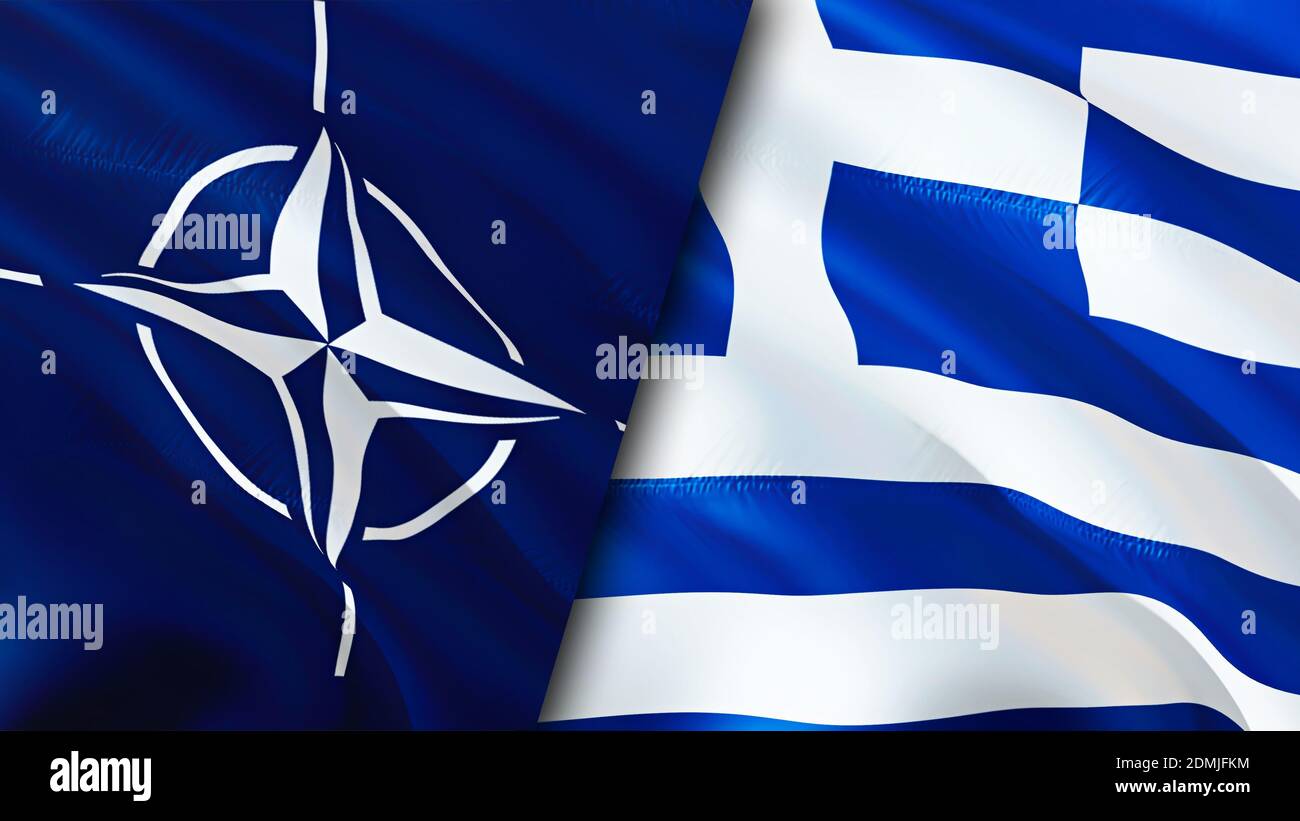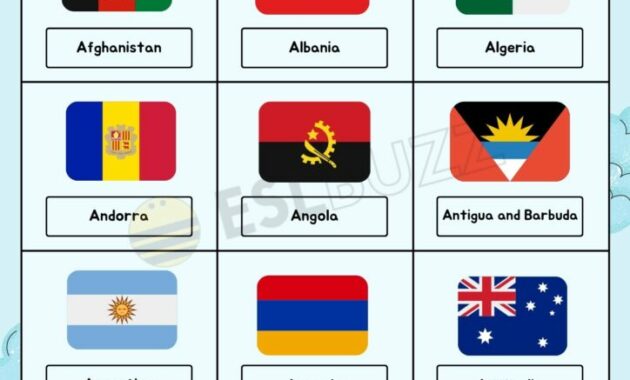The year 1952 marked a significant turning point in the geopolitical landscape of the Cold War, a period defined by ideological conflict and strategic maneuvering between the United States and the Soviet Union. Among the key developments of that year, the accession of Turkey and Greece to the North Atlantic Treaty Organization (NATO) stands out as a pivotal event that reshaped the balance of power in the Eastern Mediterranean and solidified the Western alliance’s commitment to containing Soviet influence. This expansion of NATO’s membership not only strengthened the alliance’s military capabilities but also underscored the growing importance of the Mediterranean region in the broader Cold War struggle.
Turkey and Greece Join NATO: A Strategic Imperative

The decision to invite Turkey and Greece into NATO was not taken lightly. It involved complex political considerations, strategic assessments, and a keen understanding of the region’s vulnerabilities. Both nations occupied strategically vital locations: Turkey controlled the Turkish Straits, the only passage between the Black Sea and the Mediterranean, while Greece commanded a significant portion of the Aegean Sea and the Eastern Mediterranean coastline. Their geographic positions made them crucial allies in containing Soviet expansion southward.
Prior to 1952, both Turkey and Greece had already demonstrated their commitment to resisting communist influence. Turkey, in particular, had shown remarkable resolve in the face of Soviet pressure, particularly after World War II. The Soviet Union had demanded joint control of the Turkish Straits and territorial concessions along Turkey’s eastern border. Turkey’s firm rejection of these demands, coupled with its pro-Western stance, made it a natural candidate for NATO membership.
Greece, while facing its own internal challenges, including a civil war against communist insurgents in the late 1940s, also demonstrated a strong commitment to the Western cause. The Greek government, supported by the United States through the Truman Doctrine, successfully defeated the communist rebellion, further solidifying its position as a bulwark against Soviet expansion in the region. The Truman Doctrine, announced in 1947, pledged U.S. support to countries resisting communist aggression, and Greece became a prime beneficiary of this policy.
However, the inclusion of both countries presented its own set of challenges. Historically, Turkey and Greece had a complex and often contentious relationship. Centuries of Ottoman rule over Greece had left a legacy of distrust and rivalry. The question of Cyprus, a strategically important island with a mixed Greek and Turkish population, was already a source of tension between the two nations. Integrating them into a single military alliance required delicate diplomacy and a commitment to resolving their differences through peaceful means.
Navigating Complexities: The Path to Alliance

The United States played a crucial role in facilitating the entry of Turkey and Greece into NATO. American diplomats worked tirelessly to mediate between the two countries, emphasizing the importance of unity in the face of the Soviet threat. The United States also provided significant economic and military assistance to both nations, strengthening their defenses and bolstering their economies. This support was instrumental in preparing them for the responsibilities of NATO membership.
The process of integration was not without its difficulties. Concerns were raised within NATO about the potential for conflict between Turkey and Greece to undermine the alliance’s cohesion. Some member states worried that admitting these two nations could introduce instability into the organization. However, the strategic benefits of their inclusion ultimately outweighed these concerns.
The formal accession of Turkey and Greece to NATO in February 1952 was a landmark event. It expanded NATO’s geographic reach, providing the alliance with a vital foothold in the Eastern Mediterranean. It also sent a clear message to the Soviet Union that the Western alliance was determined to contain its expansionist ambitions. The addition of Turkey and Greece significantly enhanced NATO’s ability to project power and deter Soviet aggression in a strategically important region.
Beyond the immediate strategic benefits, the inclusion of Turkey and Greece had broader implications for the Cold War. It demonstrated the appeal of the Western alliance to countries seeking security and economic support. It also highlighted the contrast between the voluntary nature of NATO and the coercive tactics employed by the Soviet Union in Eastern Europe. The expansion of NATO underscored the strength of the Western commitment to democratic values and the rule of law.
The entry of Turkey and Greece into NATO was a testament to the power of diplomacy, strategic vision, and the willingness of nations to overcome historical differences in the pursuit of common security. It solidified the Western alliance’s commitment to containing Soviet influence and protecting the free world. This decision proved to be a cornerstone of Cold War strategy, shaping the geopolitical landscape for decades to come. The long-term impact of this expansion is still felt today, highlighting the enduring significance of this pivotal moment in history. It demonstrated the ability of seemingly disparate nations to unite under a common banner in the face of perceived threats, proving that alliances built on shared values and strategic goals could effectively counter even the most formidable adversaries.
Furthermore, the integration of Turkey and Greece into NATO required a significant investment in military infrastructure and training. NATO forces conducted joint exercises in the region, improving interoperability and strengthening the alliance’s collective defense capabilities. The presence of NATO forces in Turkey and Greece also served as a deterrent to Soviet aggression, reassuring other nations in the region that the West was committed to their security.
The decision to include Turkey and Greece also influenced the internal dynamics of NATO. It broadened the alliance’s cultural and political diversity, bringing in new perspectives and experiences. This diversity, while sometimes presenting challenges, ultimately strengthened the alliance by making it more adaptable and resilient. The inclusion of these two nations demonstrated NATO’s willingness to embrace different cultures and perspectives, solidifying its image as a global force for peace and security.
In conclusion, the accession of Turkey and Greece to NATO in 1952 was a watershed moment in the Cold War. It solidified the Western alliance’s position in the Eastern Mediterranean, enhanced its military capabilities, and sent a clear message to the Soviet Union that its expansionist ambitions would be met with firm resistance. This decision, born out of strategic necessity and diplomatic skill, had a profound and lasting impact on the geopolitical landscape, shaping the course of the Cold War and laying the foundation for the security architecture of the modern world.
If you are looking for NATO and Greece flags. 3D Waving flag design. Greece NATO flag, picture you’ve visit to the right web. We have 5 Pics about NATO and Greece flags. 3D Waving flag design. Greece NATO flag, picture like Turkey/Greece Join NATO-1952, Turkey/Greece Join NATO-1952 and also Turkey/Greece Join NATO-1952. Here you go:
NATO And Greece Flags. 3D Waving Flag Design. Greece NATO Flag, Picture

www.alamy.com
Turkey/Greece Join NATO-1952

trumaneisenhowermiddleeast.weebly.com
Greece At NATO On Twitter: "18.02.17, 65 Years In #NATO (1952-2017) #

twitter.com
Greece At NATO On Twitter: "18.02.17, 65 Years In #NATO (1952-2017) #

twitter.com
Turkey/Greece Join NATO-1952

trumaneisenhowermiddleeast.weebly.com
Greece at nato on twitter: "18.02.17, 65 years in #nato (1952-2017) #. Turkey/greece join nato-1952. Greece at nato on twitter: "18.02.17, 65 years in #nato (1952-2017) #










